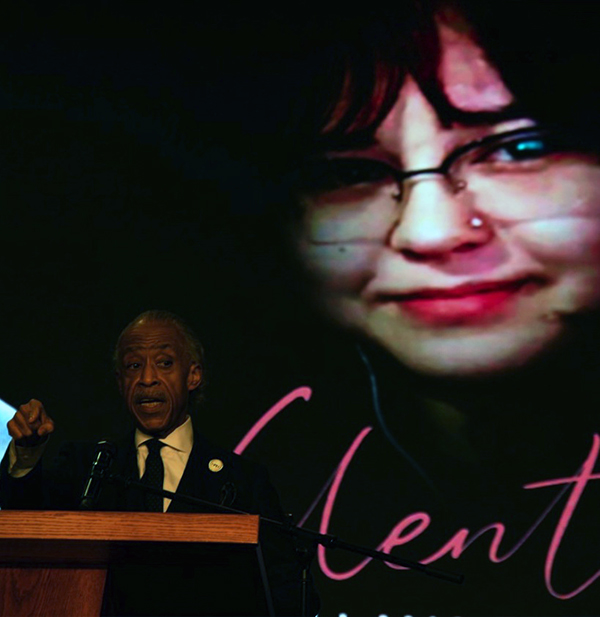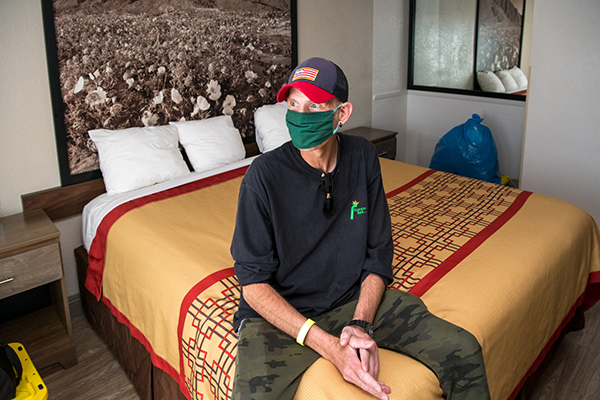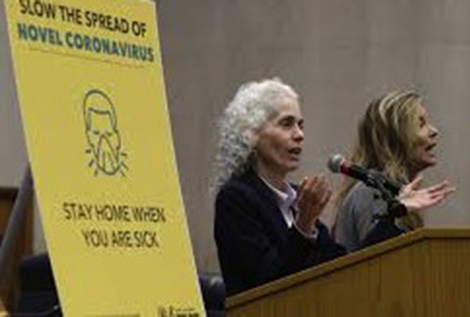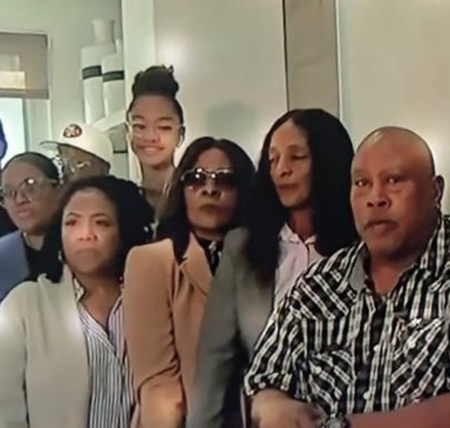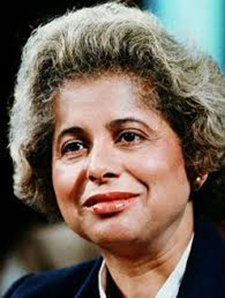Ralph Bunche’s restored childhood home stands as rare Black heritage site in South L.A.
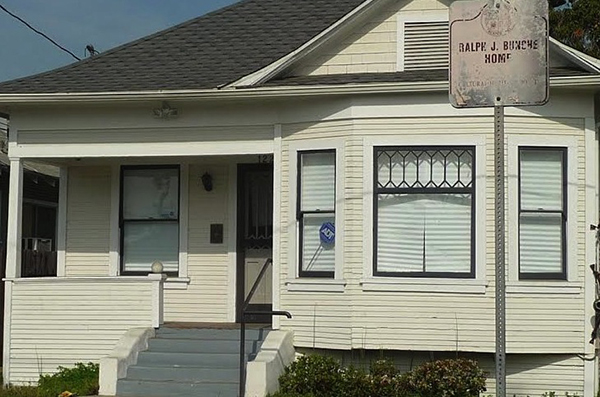
SOUTH LOS ANGELES — In the heart of South Los Angeles stands a humble, nondescript Victorian-bungalow style house that once sheltered one of the influential figures of the 20th century — Ralph J. Bunche.
The Ralph J. Bunche House, built in 1919 and located at 1221 E. 40th Place, has been designated as a historic site due to its association with the Nobel Peace Prize winner, who grew up within its walls.
“Modest in appearance, the Ralph J. Bunche House stands as a powerful symbol, marking the formative years of Ralph J. Bunche, the first person of color to win the Nobel Peace Prize,” said Los Angeles Conservancy President and CEO Adrian Scott Fine.
The single-family residence, architect unknown, is Los Angeles Historic-Cultural Monument No. 159, amd is listed in the National Register of Historic Places.
“We preserve culturally significant places like this to honor not only Bunche’s extraordinary legacy but also the resilience and cultural heritage of early African-American residents in Los Angeles,” Fine said.
Bunche was born in Detroit in 1904. His father, Fred Bunche, was a barber in a shop with a whites only clientele. His mother, Olive Johnson Bunche, was an amateur musician. His grandmother, Lucy “Nana” Taylor Johnson, who lived with the family, was born into slavery.
When Bunche was 10, the family moved to Albuquerque, New Mexico, in the hope that the poor health of his parents would improve in the dry climate. Both, however, died two years later.
Bunche moved to Los Angeles with his family, including two sisters, after his mother’s death.
He spent his formative years in the house, under the care of his grandmother. At that time, the neighborhood was primarily white, making them one of the few African-American families in the community.
After falling into disrepair and sitting vacant for more than a decade, the house was deemed a “nuisance property.”
It then underwent a comprehensive restoration between 2002 and 2004, thanks to the efforts of the Dunbar Economic Development Corporation and the California Community Foundation.
The restoration won a Los Angeles Conservancy preservation award in 2006, recognizing the attention to detail and commitment to preserving the house’s historic integrity.
At one time, the Ralph J. Bunche House operated as the Ralph J. Bunche Peace & Heritage Center, an interpretive museum and community center promoting peaceful interaction among South Los Angeles residents.
The center featured exhibits on Bunche’s life and work, as well as oral histories collected through a joint project with UCLA.
It was then occupied by the Coalition for Responsible Community Development before it was sold as surplus property through the dissolution of the Community Redevelopment Agency of the city of Los Angeles.
Although the house is now a private residence, its historic significance remains unchanged.
The Ralph J. Bunche House is more than just a historic site; it’s a symbol of the power of human potential and the importance of promoting peace and understanding, Fine said.
The house, last sold in May 2016, was designated a Los Angeles Historic-Cultural Monument in 1976 and listed on the National Register of Historic Places in 1978. It serves as a reminder of Bunche’s achievements and the impact one person can have on the world.
Bunche’s journey took him to UCLA, where he excelled academically and athletically, becoming the valedictorian of his class.
He later earned a Ph.D. in political science from Harvard University and went on to make history by becoming the first African American to win the Nobel Peace Prize in 1950.
His groundbreaking work in negotiating the 1949 Armistice Agreements that ended the Arab-Israeli War earned him international recognition. The Ralph J. Bunche House serves as a testament to his enduring legacy, showcasing the early life of a man who would become a champion of peace and human dignity.
Darlene Donloe is a freelance reporter for Wave Newspapers who covers South Los Angeles. She can be reached at ddonloe@gmail.com.

